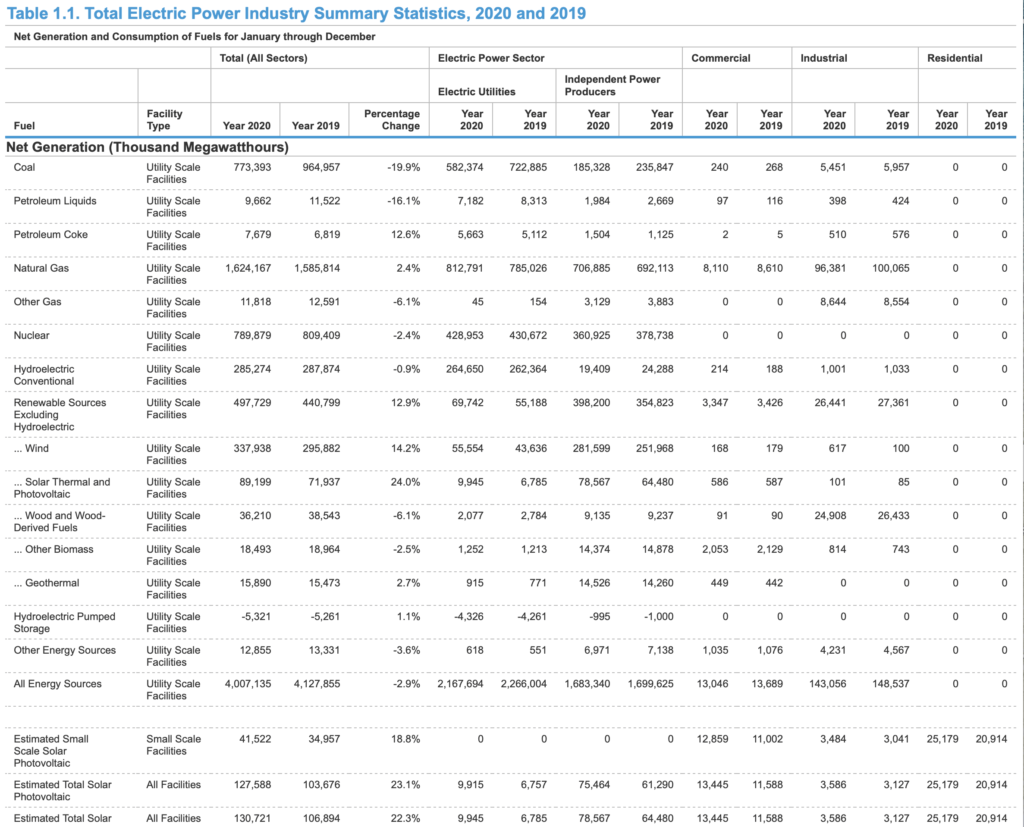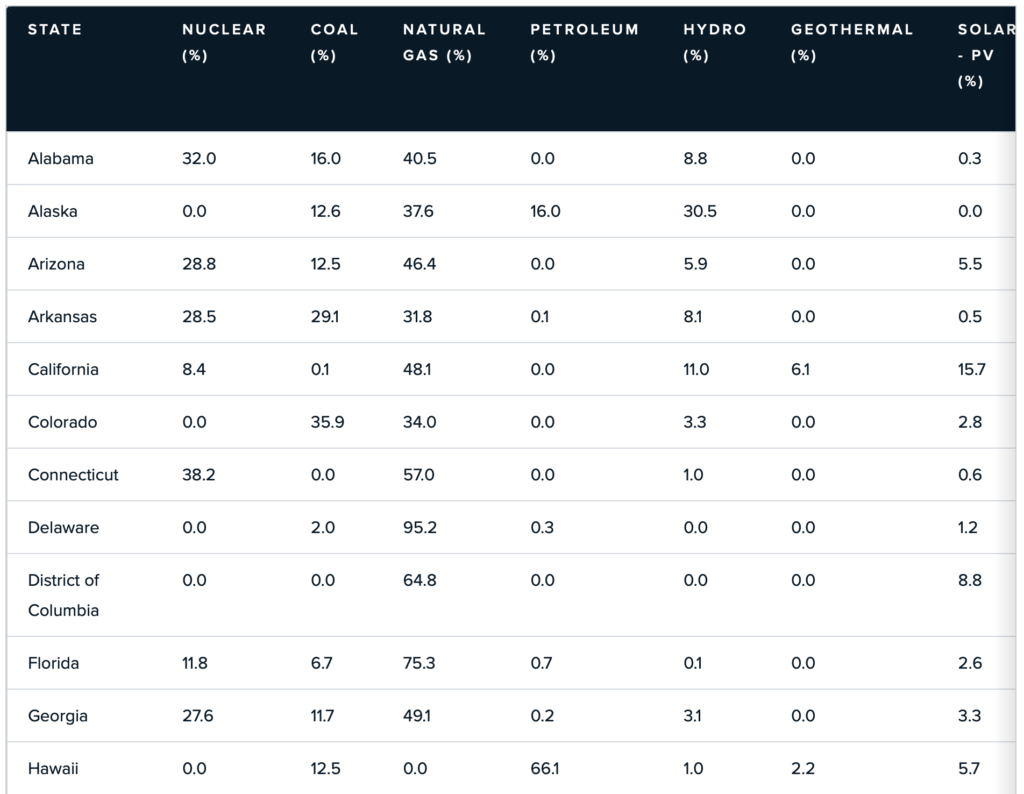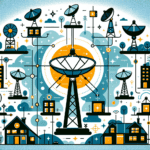If You Think Warmer Weather Will Ease Your Energy Bills, You Might Want to Think Again
If you’re like me, or the millions of other Americans who’ve been subjected to higher natural gas or heating oil bills this past winter, you might be breathing a sigh of relief with the coming warmer temps.
Not so fast.
While many of us will switch from primarily using gas for heating to electricity for cooling in the coming months, a quick look at how electricity is actually generated across America is needed to dispel the notion our home energy costs will decrease with the warmer temps.
Electricity Generation
It’s interesting how many individuals are completely unaware of how, primarily, electricity is generated to power all the devices, appliances, and now in the eyes of some, our transportation options.
By a fairly wide margin, it’s natural gas that is used to generate electricity.
Coming in second is coal, followed closely by nuclear power.
You can view the statistics at the U.S. Energy Information Administration’s website, and specifically, the Total Electric Power Industry Summary Statistics Table 1.1.
Here’s a view of Table 1.1, although it may be easier to click the link above –

And, if you’d like a state-by-state breakdown of the percentage of electricity generated by source, you can view the Nuclear Energy Institute’s State Electricity Generation Fuel Shares table (partial image below).
Some might question the NEI’s data as biased, which is why I included the U.S.EIA’s links above. It’s not a direct comparison as one is national, the other is by state, but it can give an idea on accuracy.

Obviously, the percentages will change state to state, but it’s fair to say natural gas stands out as the higher percentage of fuel used for electricity generation in many cases.
Energy Bills Going Forward
So, what does all this say?
Think back to your winter heating bills, which were mostly the result of significantly higher natural gas rates.
Mine was 50% higher than in 2021.
And if you live in the Northeast U.S., especially in more rural areas, your increases were much higher than that.
Unfortunately, natural gas rates continue to remain elevated.
Considering natural gas is a large part of how electricity is generated throughout the U.S., we can expect increased electricity costs this summer as a result.
Not the news most of us want to hear.
Let’s just hope the increased bills aren’t quite as high as what we just weathered this past winter.



